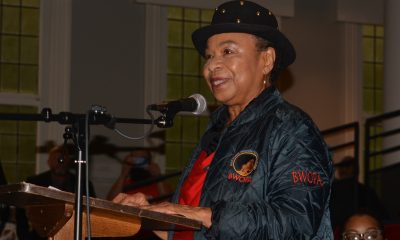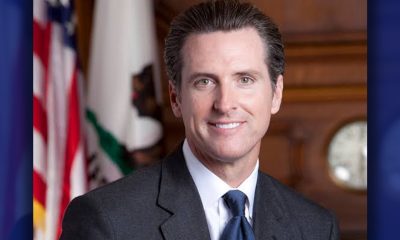Education
Study: Black Students from Poor Families Are More Likely to Graduate From High School If They Have at Least One Black Teacher
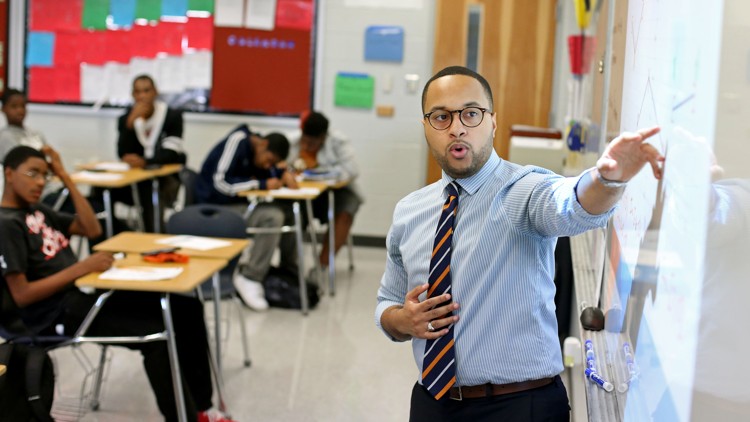
By Valerie Strauss, Washington Post
A new study says that assigning black students from low-income black families to at least one black teacher in the third, fourth or fifth grades reduces the probability that they drop out of high school by 29 percent. The results are even larger for male African American students from persistently low-income families: Their chance of dropping out of high school falls 39 percent.
The study also found that black students of both genders from low-income families are more likely to aspire to attend a four-year college if they have at least one black teacher between third and fifth grades There was, however, no effect found on the dropout decisions of female students, “perhaps due to females’ significantly higher baseline graduation rates,” the study said.
The results are the latest in a growing body of evidence that race affects how teachers view and treat their students. As my colleague Emma Brown wrote in this story, black students taught by white teachers are less likely to be identified for gifted programs than black students taught by black teachers, and biases exist in teachers’ grading of work by students of different genders, races and ethnicities.
The new study was published by the IZA Institute of Labor Economics, an independent economic research institute in Germany, and conducted by Seth Gershenson, an associate professor in the Department of Public Administration and Policy at American University and IZA; Cassandra M.D. Hart, an assistant professor of education policy at the University of California at Davis; Constance A. Lindsay, a professorial lecturer in the School of Public Affairs of American University; and Nicholas W. Papageorge, assistant professor of economics at Johns Hopkins University and IZA.
The study goes beyond previous research that showed short-term benefits to pairing students with teachers of the same race, demonstrating longer-term affects. The implications are important, Papageorge said, because policymakers can act quickly to improve black students’ chances of academic success.
“This isn’t a situation where students need two, three or four black teachers to make a difference,” he was quoted as saying in a Johns Hopkins release. “This could be implementable tomorrow. You could literally go into a school right now and switch around the rosters so that every black child gets to face a black teacher.”
Actually, it may not be that easy. A report released by the Education Department in 2016 said that the latest data found that about 82 percent of teachers in America’s public schools are white; 8 percent are Hispanic; 7 percent are black, with only 2 percent black males; 2 percent are Asian; and about half of a percent are American Indian or Alaska Native. Sixty-three percent of teachers working in high-poverty elementary and secondary schools were white; 16 percent were black and 16 percent were Hispanic, the data said. And teachers of color are overwhelmingly employed in public schools serving student populations with relatively high proportions of students of color and public schools in urban area.
For the study, the researchers first looked at longitudinal data on about 100,000 black students who entered third grade in North Carolina public schools between 2001 and 2005. Then they studied black students in Tennessee who entered kindergarten in the late 1980s and participated in a class-size reduction experiment; they found that students who had at least one black teacher in kindergarten through grade three were 15 percent less likely to drop out and 10 percent more likely to take a college-entrance exam.
Why? The researchers found no definitive answer, but they noted in the study that one explanation could be the “role model effect.” In this line of thinking, the study says, “black teachers have higher educational expectations for black students, which in turn increase black students’ educational engagement and aspirations.”
A 2016 study co-authored by Papageorge found that white and black teachers do have different expectations for black students, raising questions about whether biases held by teachers is a factor in the achievement gap between black and white students.
According to that study, a white or other nonblack teacher is 30 percent less likely to believe that a student will graduate from a four-year college than a black teacher who is evaluating the same black student. The nonblack teacher is 40 percent less likely to believe the student will graduate from high school than the black teacher — and the results for black male students was worse.
Art
A Prolific Painter: Artist and Advocate Lois Mailou Jones
Lois Mailou Jones was a prominent African American artist whose career spanned more than seven decades, from the Harlem Renaissance to the modern art movement. She was not only a prolific painter but also an influential educator, bridging cultural gaps and challenging stereotypes through her vibrant and diverse works.

By Tamara Shiloh
Lois Mailou Jones was a prominent African American artist whose career spanned more than seven decades, from the Harlem Renaissance to the modern art movement. She was not only a prolific painter but also an influential educator, bridging cultural gaps and challenging stereotypes through her vibrant and diverse works.
Her unique journey of self-expression, dedication to art, and advocacy for African American and African themes made her a crucial figure in the evolution of American art.
Jones was born on Nov. 3, 1905, in Boston. Raised in an intellectual and supportive family, she demonstrated an early interest in art, encouraged by her mother, who believed in the importance of creativity. Lois studied at the School of the Museum of Fine Arts, Boston, where she faced racial challenges but persisted in pursuing her passion.
Her pursuit of higher education led her to the prestigious Design Art School, where she perfected her skills in textile design. Later, Jones attended Harvard University and received further training at the Académie Julian in Paris. This European experience greatly influenced her style and broadened her perspective on art.
Jones’s career began in textile design, creating works that were used by leading textile companies. However, her true passion was painting. During the Harlem Renaissance, she moved away from textile design to focus on fine art, exploring themes that reflected her heritage and the African diaspora.
Her early works were influenced by European Post-Impressionism, featuring landscapes and still life, but Jones’s style evolved over time. After spending time in Haiti, she was deeply inspired by Caribbean culture, and her palette became more vivid, her subject matter more symbolic. The influence of African and Caribbean culture is evident in her later works, where she used bright colors and geometric patterns to convey the spirit and stories of the people she encountered.
Her contributions to African American art were significant during a time when Black artists struggled for recognition. She often focused on themes of African heritage, pride, and unity, blending African illustrations and portraits with Western artistic techniques to create a unique visual language that celebrated Black culture.
She was also a dedicated educator. She began her teaching career at Palmer Memorial Institute in North Carolina and later became a professor at Howard University in Washington, D.C., where she taught for almost 50 years. Through her teaching, she influenced generations of young Black artists, encouraging them to explore and express their cultural heritage through art.
In the 1930s and 1940s, she worked to exhibit her work alongside other Black artists, helping to create a platform for voices that had long been excluded from mainstream galleries.
Recognition and Legacy
Jones achieved significant recognition throughout her lifetime, both in the United States and internationally. She exhibited her work across the globe, including in Paris, Africa, and the Caribbean.
Jones continued painting until her death in 1998, leaving behind a rich legacy of artistic achievements and contributions to art education. She broke boundaries by celebrating Black identity and heritage at a time when these themes were often marginalized.
California Black Media
New California Law Will Protect Students During Extreme Weather
On Sept. 22, Gov. Gavin Newsom signed a bill that will protect students from extreme weather conditions by requiring the California Department of Education to develop guidelines for school districts to implement during weather patterns harmful to student health. Authored by Sen. Melissa Hurtado (D-Sanger), “Yahushua’s Law” or Senate Bill 1248 addresses an extreme heat-related fatality in Lake Elsinore. During the summer of 2023, a student died after participating in physical education suffered extreme heat-related illness.

By Bo Tefu, California Black Media
On Sept. 22, Gov. Gavin Newsom signed a bill that will protect students from extreme weather conditions by requiring the California Department of Education to develop guidelines for school districts to implement during weather patterns harmful to student health.
Authored by Sen. Melissa Hurtado (D-Sanger), “Yahushua’s Law” or Senate Bill 1248 addresses an extreme heat-related fatality in Lake Elsinore. During the summer of 2023, a student died after participating in physical education suffered extreme heat-related illness.
“No student should ever lose their life on campus to extreme weather when we can take steps to protect them by preparing statewide plans to minimize exposure to the most harmful elements of exposure,” Sen. Hurtado stated last Spring. “I commend the family of Yahushua Robinson, the twelve-year student who lost his life due to heat related illness during on-campus physical education, for lending their emotional strength and compassion for others in order to help ensure that no other student loses their life this way.”
Supporters of the legislation say the lack of uniform guidelines and protocols across schools and school districts in California intensifies the issue, creating an urgent need for safeguards to ensure student safety during extreme weather conditions.
California Black Media
More Than 1.2 Million Youth Pre-Registered to Vote, Secretary of State Weber Announced
Secretary of State Shirley N. Weber announced on Sept. 26 that more than 1.2 million young people between the ages of 16 and 17-years-old have pre-registered to vote since the state launched the initiative in September 2016. The state program automatically activates voter registration for pre-registered youth when they turn 18 years of age.
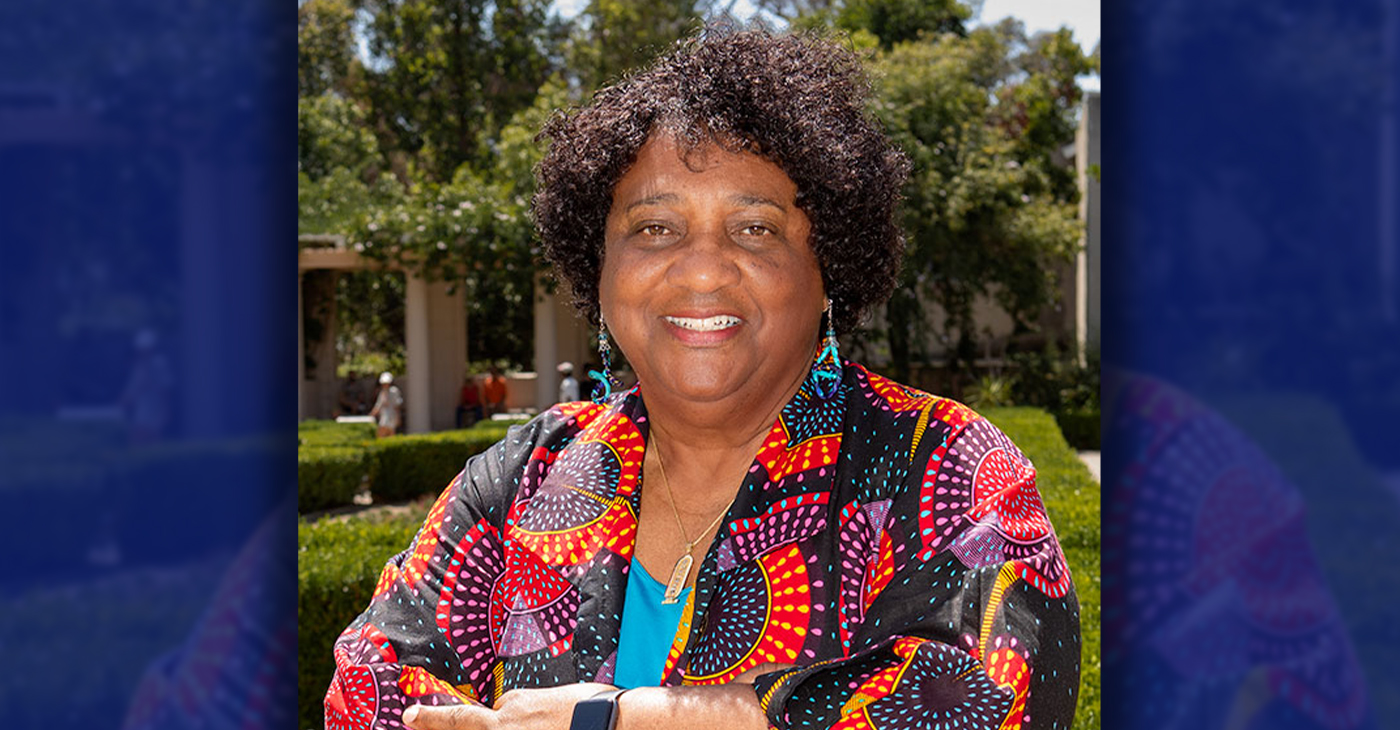
By Bo Tefu, California Black Media
Secretary of State Shirley N. Weber announced on Sept. 26 that more than 1.2 million young people between the ages of 16 and 17-years-old have pre-registered to vote since the state launched the initiative in September 2016. The state program automatically activates voter registration for pre-registered youth when they turn 18 years of age.
Weber, who has visited dozens of high schools across the state to promote voting initiatives, said that students are eager to vote and look forward to casting their first ballot, and “the numbers back them up.”
“Young Californians want to be engaged, active participants in our democracy and they can position themselves to do so by preregistering to vote,” said Weber.
Weber said that she is committed to encouraging young people to pre-register to vote, adding that she looks forward to partnering with the California Department of Education, State Superintendent of Public Instruction Tony Thurmond, school officials, and leaders of community-based organizations to expand this effort.
According to Weber’s office, approximately 42% of young voters are registered Democrats, while over 13% are registered Republicans. Another 35% of young voters registered as having “no party preference.”
For more information, Californians can visit the online pre-registration website at www.RegisterToVote.ca.gov. Registration is open to residents who are 16 or 17 and meet all the following criteria:
- A United States citizen and a resident of California.
- 18 years old or older on Election Day.
- Not currently serving a state or federal prison term for the conviction of a felony
- Not currently found mentally incompetent to vote by a court.
More information about pre-registration for California youth can be found at sos.ca.gov/elections/pre-register-16-vote-18.
Upcoming key deadlines and dates for the November 5, 2024, General Election can be found at here.
Plus, visit http://elections.cdn.sos.ca.gov/statewide-elections/2024-primary/section-08-general-election-calendar.pdf to view a complete California General Election Calendar with more voting details and updates.
-

 Alameda County5 days ago
Alameda County5 days agoAlameda County District Attorney Pamela Price Announces $7.5 Million Settlement Agreement with Walmart
-
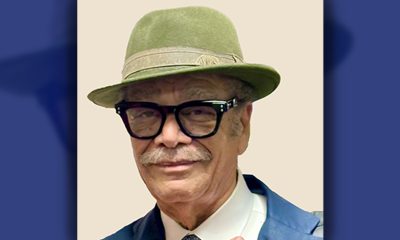
 Activism3 weeks ago
Activism3 weeks agoCOMMENTARY: DA Price Has Done Nothing Wrong; Oppose Her Recall
-
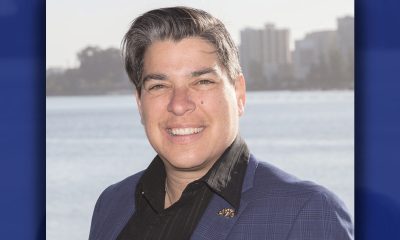
 Activism2 weeks ago
Activism2 weeks agoOP-ED: Hydrogen’s Promise a Path to Cleaner Air and Jobs for Oakland
-

 Activism3 weeks ago
Activism3 weeks agoBarbara Lee, Other Leaders, Urge Voters to Say ‘No’ to Recalls of D.A. Pamela Price, Mayor Sheng Thao
-
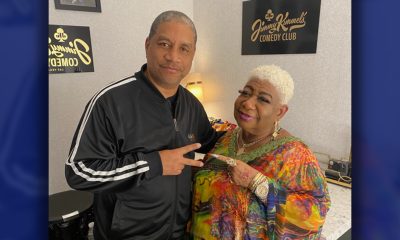
 Community2 weeks ago
Community2 weeks agoTerry T. Backs Oakland Comedy Residency by Oakland’s Luenell at Jimmy Kimmel’s Comedy Club in Las Vegas
-

 Activism3 weeks ago
Activism3 weeks agoOakland Post: Week of October 9 – 15, 2024
-

 Business2 weeks ago
Business2 weeks agoStudy Confirms California’s $20/Hour Fast Food Wage Raises Pay Without Job Losses
-

 Bay Area2 weeks ago
Bay Area2 weeks ago2024 Local Elections: Q&A for Oakland Unified School Candidates, District 3







